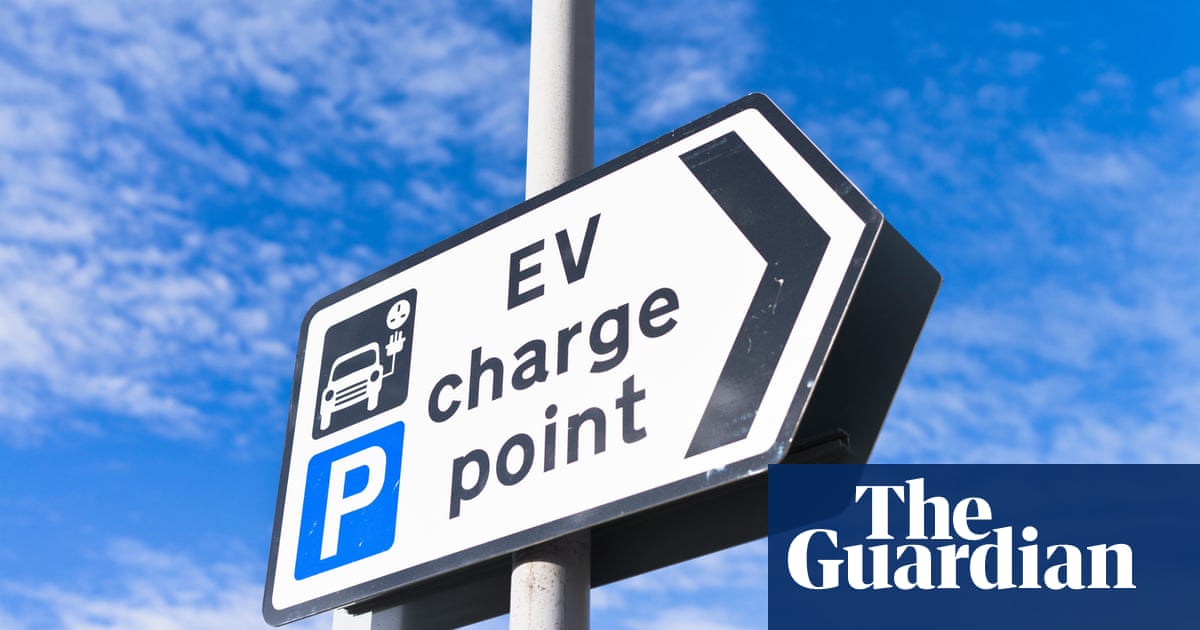
Move from petrol and diesel engines could save $250 billion annually and slash growth in global demand by 70 percent
PARIS: Emerging markets switching from petrol and diesel engines to electric vehicles (EVs) could save $250 billion annually and slash expected growth in global oil demand by as much as 70 percent, an industry analysis showed on Friday.
As more and more nations such as China and India look to grow their electic fleet, they are in turn reducing reliance on imported oil, with EVs forecasted to soon be cheaper to make and run than their fossil-fuel-fired cousins.
An analysis of EV cost trends by industry watchdog Carbon Tracker found that a switch to EVs could save China — a world leader in the technology — $80 billion each year by 2030.
Increased EV production would drastically reduce the cost of oil imports, which account for 1.5 percent of China’s GDP and 2.6 percent of India’s.
The analysis found that the EV revolution could essentially fund itself as component costs fall over time and governments turn away from fossil fuel infrastructure such as pipelines and refineries which risk becoming stranded assets as transportation gets greener.
FASTFACT
61% Last year, EVs accounted for 61 percent of China’s two-wheeler sales and 59 percent of bus sales.
“This is a simple choice between growing dependency on what has been expensive oil produced by a foreign cartel, or domestic electricity produced by renewable sources whose prices fall over time,” said Kingsmill Bond, Carbon Tracker energy strategy and lead report author. “Emerging market importers will bring the oil era to an end.”
Analizing the International Energy Agency’s business as usual emissions scenario, the report found that half of that growth is forecast to come from China and India.
It calculated that by switching to the IEA’s Sustainable Development Scenario — under which EVs account for 40 percent of car sales in China and 30 percent in India — oil demand growth would be slashed by 70 percent this decade. The authors said that a fall of 20 percent in battery costs in a decade had driven “huge new markets” for EV growth.
Using industry baseline figures, the analysis calculated that the cost of importing oil to run an average car over its 15-year lifetime ($10,000) is already 10 times higher than the cost of the solar equipment needed to power an equivalent EV. Last year, EVs accounted for 61 percent of China’s two-wheeler sales and 59 percent of bus sales. “Factor in the war on plastics hitting petrochemical demand and rising EV penetration in developed markets, it becomes ever more likely that we have seen peak oil demand in 2019,” Bond said.












